Singapore Airlines Group on Tuesday, May 16 reported its highest-ever net profit and outlined various strategic initiatives, including the proposed merger of Vistara with Air India to boost the Singaporean carrier's presence in the Indian market. Vistara is a joint venture between Singapore Airlines and Tata Group, which holds a 51% stake. The process to merge Vistara with Air India is underway.
Singapore Airlines (SIA) Group posted a record net profit of SGD 2,157 million for FY2022-23. In the year-ago period, it had a net loss of SGD 962 million. "This was mainly driven by better operating performance (+SGD 3,302 million) and lower net finance charges (+SGD 338 million), and partially offset by a tax expense versus a tax credit last year (around SGD 615 million)," the airline group said in a release.
Despite the Covid pandemic, the group said it remained committed to its longstanding strategy of buying and operating new-generation aircraft. Among other efforts, the group did the retrofit of its Airbus A380 and Boeing 737-8 aircraft and placed an order for the all-new Airbus A350F freighters.
"To prepare for the future, several strategic initiatives were undertaken, including the continued expansion of its network through deeper collaboration with like-minded airlines, the proposed merger of Air India and Vistara to bolster SIA's presence in the fast-growing Indian aviation market, as well as Scoot's decision to lease nine Embraer E190-E2 aircraft and expand its footprint to secondary points in the region," the release said.
India is the world's third-largest market as well as one of the fastest-growing aviation markets. On November 29 last year, Tata Group announced the merger of Vistara with Air India under a deal wherein Singapore Airlines will also acquire a 25.1% stake in Air India. Tata Group has four airlines -- Air India, Air India Express, Vistara and AIX Connect. AIX Connect, earlier known as AirAsia India, is set to be merged with Air India Express.
Factors For Airline's High Profit
According to SIA Group, geopolitical and macroeconomic uncertainties as well as high-cost inflation could pose challenges for the airline industry in the months ahead. "Even though fuel prices have moderated in recent months, they remain at elevated levels. As competition is expected to increase with more capacity being injected on international routes, the Group will monitor developments closely, and be agile and nimble in its response," it added.
Group passenger capacity reached 79% of pre-Covid1 levels in March 2023, higher than the 58% level for international scheduled services of Asia-Pacific airlines. SIA and Scoot collectively carried 26.5 million passengers, up six times from a year before. The passenger load factor (PLF) jumped 55.3 percentage points to 85.4%, the highest in the Group’s history. SIA achieved a record PLF of 85.8%, while Scoot delivered a PLF of 83.9%.
The group recently reached an agreement with Boeing to adjust its aircraft order book. This includes swapping three 787-9s for three 787-10s and cancelling eight 737-8s. These adjustments are in line with the group’s long-term fleet renewal strategy and support its projected operational requirements. Following these adjustments, the group currently has 100 aircraft in its order book. After taking deliveries of one Airbus A350-900 in March and a Boeing 787-10 in April, the airline group currently has over 195 aircraft in its operating fleet. More is to come as one Boeing 787-8 and eight -10s are expected to arrive this financial year, alongside one Boeing 737 MAX 8 and two Embraer E190-E2s.
The demand for air travel remains robust in the first quarter of FY2023/24, underpinned by the recovery in air travel in East Asia. Forward sales remain healthy across all cabin classes, led by a strong pick-up in bookings to China, Japan, and South Korea. The group will monitor the demand for air travel, and adjust its capacity accordingly.
Near-term cargo demand is expected to remain soft as the industry navigates headwinds from the macroeconomic environment, and as inventory levels recalibrate to post-COVID conditions. Inflation and weak economic conditions will impact consumer demand and trade. Increased belly hold capacity amid softer demand continues to exert downward pressure on cargo yields, particularly on key trade lanes.
Geopolitical and macroeconomic uncertainties, as well as high-cost inflation, could pose challenges for the airline industry in the months ahead. Even though fuel prices have moderated in recent months, they remain at elevated levels. As competition is expected to increase with more capacity being injected on international routes, the group will monitor developments closely, and be agile and nimble in its response.
In November 2022, Singapore Airlines and Tata Group announced a merger between Air India and Vistara, with Singapore Airlines holding 25.1% of the merged entity. The merger is expected to be completed by March 2024. SIA will invest INR 2,059 crore in Air India. Air India recently placed a mega order for 470 aircraft with Boeing and Airbus as it plans to become a dominant player globally.
About Singapore Airlines
Singapore Airlines is the flag carrier of the Republic of Singapore with its hub located at Singapore Changi Airport. The airline is notable for highlighting the Singapore Girl as its central figure in the corporate branding segment. Ranked as a 5-star airline by Skytrax for the last three decades, It has also been ranked as the world's best airline four times.
Singapore Airlines Group has more than 20 subsidiaries, including numerous airline-related subsidiaries. SIA Engineering Company handles maintenance, repair and overall (MRO) business across nine countries with a portfolio of 27 joint ventures including with Boeing and Rolls-Royce. Singapore Airlines Cargo operates SIA's freighter fleet and manages the cargo-hold capacity in SIA's passenger aircraft. Scoot, a wholly owned subsidiary operates as a low-cost carrier.
Singapore Airlines was the first to put the Airbus A380—the world's largest passenger aircraft—as well as the Boeing 787-10 into service and is the only operator of the ultra-long-range (ULR) version of the Airbus A350–900. It ranks amongst the top 15 carriers worldwide in terms of revenue passenger kilometres and is ranked tenth in the world for international passengers carried. Singapore Airlines was voted as the Skytrax World's Best Airline Cabin Crew 2019.
Read next
FedEx Reports Operations Will Have No Impact Amidst Pilot Strike Authorization Vote
Abhishek Nayar
18 May 2023
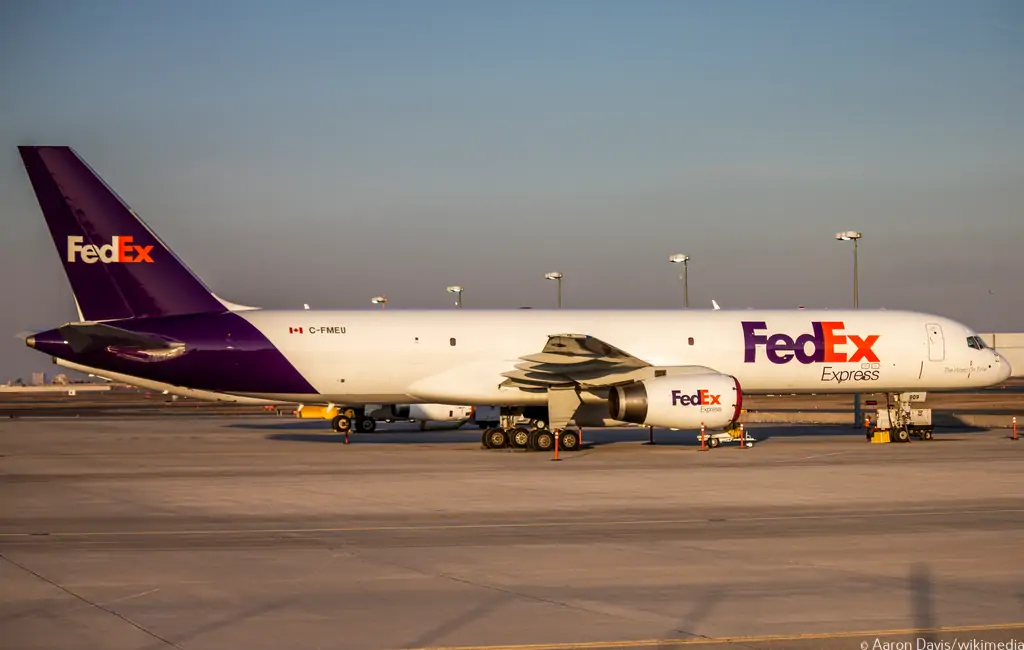
FedEx, one of the world's largest transportation and logistics corporation, was recently confronted with a pilot strike authorization vote by its airline's pilot union. Concerns have been expressed regarding the possible impact on FedEx's operations of the vote, which acts as a method for union members to signal their desire to strike.
Background
Before delving into the strike authorization vote, it is critical to understand FedEx's history. FedEx Corporation, founded in 1971, is a global transportation and logistics corporation that provides services for the delivery of packages, freight, and other business solutions. FedEx, with its extensive network and fleet of aircraft, plays a vital role in the global supply chain.
Present Situation
According to a statement made Wednesday, FedEx Express pilots decided to authorize a strike while contract discussions with a federal mediator continue. Pursuant to the Air Line Pilots Association, International, known as ALPA, with more than 97% of members participating, 99% of FedEx pilots authorized union leaders to launch a strike if necessary. According to the union, in order to strike, the pilots represented by the Air Line Pilots Association, International must first be released by the National Mediation Board and exhaust a 30-day cooling-off period.
"Meanwhile, management teams at Delta, Hawaiian, and other airlines have successfully negotiated significantly improved agreements with their pilots," Norman added. Members of the union's negotiating committee stated in March that the two sides explored a concept that would allow for "increased pay rates based on specific economic performance metrics of FedEx," but negotiators stated that it was not a replacement for acceptable guaranteed rate increases.
Reasons for Voting to Authorize a Pilot Strike
A variety of causes and grievances made by the pilot union contributed to the pilots' strike authorization vote. Concerns about salary, working environment, fatigue management, and career advancement are examples of such challenges. Pilots, like other workers, want to be treated fairly, have job security, and have a say in decision-making processes. The strike authorization vote allows the pilots' union to bargain for better terms and conditions on behalf of its members.
Labor Disputes in the Aviation Industry
In the aviation business, labor conflicts are not commonplace. The industry's complicated and highly regulated nature, along with the multiple parties involved, can lead to disputes between management and labor. Pilots, being an essential component of airline operations, have substantial bargaining power when it comes to negotiating for better working conditions and fair treatment. Negotiations frequently require lengthy conversations, mediation, and legal issues.
Potential Repercussions of a Pilot Strike
A pilot strike may be disastrous for both an airline and its customers. Flight cancellations and delays can interrupt travel plans and logistical operations, causing businesses to lose money and passengers to be inconvenienced. Furthermore, a lengthy strike may degrade an airline's brand, undermining consumer confidence and loyalty. The possible repercussions highlight the need to take early steps to resolve labor conflicts and avoid strikes.
FedEx's Reaction to the Vote on Strike Authorization
FedEx understands the value of having a positive relationship with its pilots and engaging in good-faith negotiations to address their issues. The organization is dedicated to creating mutually beneficial solutions that foster a happy working environment while maintaining the efficiency and dependability of its operations. FedEx has maintained open lines of communication with the pilots' union and has stated its readiness to work towards a reasonable conclusion.
Potential Conflict Resolutions
In order to resolve a labor issue, you must be imaginative, versatile, and prepared to compromise. Renegotiating employment terms, modifying remuneration packages, improving working conditions, instituting fatigue management programmes, or addressing career advancement prospects for pilots are all possible options. Finding a balance between the pilots' interests and FedEx's operating objectives is critical to reaching a mutually acceptable agreement.
Strikes and Labor Actions: Legal Considerations
Legal frameworks and laws govern labor conflicts in the aviation sector. These rules differ between countries and can have an impact on the bargaining process, strike protocols, and the rights and duties of both management and employees. To assure compliance and prevent any legal difficulties, FedEx and the pilots' union must traverse these legal considerations and follow the required processes.
Unions' Role in the Aviation Industry
Unions play an important role in protecting the interests of personnel in the aviation sector, especially pilots. They campaign for equal treatment, better working conditions, and the protection of labor rights. Unions provide employees with a collective voice, allowing them to negotiate on an equal basis with management. The pilots' union's decision to hold a strike authorization vote demonstrates its commitment to resolving their members' problems and ensuring their voices are heard.
Customer Impact and Public Perception
Labor issues within a corporation can influence public opinion and consumer attitude. The way an airline manages and resolves such disagreements might have an impact on its image. Maintaining a favorable public impression and customer loyalty requires open communication, proactive actions to reduce interruptions, and an emphasis on customer satisfaction. FedEx recognizes the significance of minimizing any potential negative impact on its customers and is addressing their concerns.
Conclusion
While the pilots' authorization vote to strike at FedEx has sparked interest and anxiety, the corporation maintains that it will have no effect on its operations. FedEx has put in place comprehensive safeguards to prevent any interruptions and is dedicated to providing its customers with uninterrupted service. Maintaining excellent pilot-management interactions is critical for ensuring a harmonious working environment and supporting operational efficiency. The air freight industry, which includes corporations like FedEx, is critical to global trade, linking businesses and consumers all over the world.
With Input from Supply Chain Dive, Action News 5
Read next
Air Canada, one of North America's largest airlines, is apparently in discussions with the famed American aircraft manufacturer, Boeing, to purchase up to 20 Boeing 787 Dreamliners. This possible transaction comes at a critical time for the global aviation sector, which is anticipating a recovery following the difficult period caused by the COVID-19 epidemic.
Background
Air Canada has a long history of providing a broad network of domestic and international flights to passengers. With a focus on improving the customer experience and increasing its worldwide reach, the airline has searched for new methods to improve its fleet and optimize operating efficiency.
Boeing's 787 Dreamliner
The Boeing 787 Dreamliner is a cutting-edge aircraft noted for its superior technology, minimal fuel consumption, and passenger comfort. Because of its long-range capability and minimal impact on the environment, it has gained appeal with airlines worldwide. The Dreamliner provides an excellent blend of performance and passenger comfort, making it a popular choice for long-haul trips.
Strategy for Fleet Expansion at Air Canada
Air Canada understands the need to maintain a modern and adaptable fleet in order to satisfy the changing needs of the aviation industry. The airline has deliberately invested in increasing its fleet to ensure that it remains competitive and can provide its passengers with an amazing travel experience.
Present Scenario
Amos Kazzaz, the airline's CFO, stated at the Q1 analysis conference last Friday, "Overall, we continue to always hunt for lift, as we've said before in our process." When we see signs of recovery and robust demand, we may go out and look for more interim boosts. And we're continuously in the market looking for lift, so we'll evaluate how well we can bring it in and align it with [our] network goals."
Advantages of the Boeing 787 Dreamliner
The Boeing 787 Dreamliner offers various benefits to airlines, including increased fuel efficiency, lower operating costs, and greater environmental consciousness. Its unique design elements, such as composite materials and efficient engines, allow for considerable fuel savings, resulting in reduced carbon emissions and a smaller environmental imprint.
Potential Air Canada Deal
Air Canada is said to be in talks with Boeing about purchasing up to 20 Boeing 787 Dreamliners as part of its fleet expansion strategy. This decision underlines the airline's dedication to improving its long-haul fleet and providing passengers with an unparalleled intercontinental travel experience.
Air Canada's Implications
Purchasing Boeing 787 Dreamliners would give Air Canada a number of strategic benefits. The long-range capabilities of the Dreamliner would allow the airline to expand its worldwide reach and explore new markets. Furthermore, the aircraft's fuel economy would add to cost savings while mitigating the impact of variable fuel costs.
The Global Aviation Market is Rebounding
The worldwide aviation business is expected to recover as the impacts of the COVID-19 epidemic fade. Passenger confidence is likely to rise as a result of the effective deployment of vaccination campaigns and the relaxation of travel restrictions, resulting in an increase in demand for air travel.
Conclusion
Finally, Air Canada's possible purchase of up to 20 Boeing 787 Dreamliners demonstrates the company's strategic commitment to fleet expansion and fulfilling the growing demands of the post-pandemic aviation sector. The Dreamliner's sophisticated features, fuel efficiency, and passenger comfort position Air Canada for success in a recovering global aviation sector. Air Canada is ready to deliver excellent travel experiences and preserve its position as a premier airline as the globe gradually returns to normalcy.
With Inputs from Bloomberg
Read next
Avensis Aviation, a UK-based passenger-to-freighter (P2F) conversion specialist, has secured a substantial deal with German startup carrier USC in an exciting move within the aviation industry. The goal of this partnership is to convert USC's passenger Airbus A340s into freighter aircraft, making USC the world's first customer of Avensis Aviation's Airbus A340P2F.
Avensis Aviation: A Leader in P2F Conversion
Avensis Aviation has an appropriately deserved reputation for its expertise in passenger-to-freighter aircraft conversions. Avensis Aviation has successfully converted multiple commercial passenger planes into effective freight carriers through years of experience and a dedicated team of professionals. To fully utilize the aircraft's freight capacity, the passenger seats are taken out and a cargo loading system is installed.
USC: Revolutionizing the Industry
USC, a German startup carrier that partnered with Avensis Aviation, has emerged as a disruptive force in the aviation industry. USC identified an opportunity to repurpose its current fleet of Airbus A340s for cargo operations as part of its commitment to innovation and sustainability. USC hopes to maximize the potential of its aircraft by collaborating with Avensis Aviation and establishing itself as a frontrunner in the freighter market.
Current Situation
USC is a German startup airline that intends to commence wet lease operations later this summer, operating passenger A340s on long-distance flights from Frankfurt Airport (FRA). The aircraft carrier plans to convert them to freight aircraft later. USC acquired its first aircraft, an Airbus A340-300, in February of this year, and its fleet will eventually comprise both the A340-300 and the larger A340-600.
Cristian Sutter, Chief Executive Officer of Avensis Aviation, praised the relationship with USC and described some of the benefits of the company's NAVIS door, adding, "NAVIS is our flagship PTF conversion, aimed at lessors and established cargo airlines looking for a long-term, innovative, and cost-effective PTF solution." Because of its locking mechanism design, the unique "plug type" main deck cargo door is entirely electrically operated, lightweight, and safer. We are excited to announce that USC will be the first customer for our NAVIS PTF conversion. The Airbus A340 offers a competitive aircraft freighter platform for the express market, with payload, volume, and performance benefits, notably for ultra-long-haul routes such as Asia and other far-flying cargo centres."
In recent years, we have observed an increase in the number of aircraft converted to freighters. The first Boeing 777-300ER converted freighter flew earlier this year, while the first Embraer P2F aircraft is scheduled to fly in 2024.
Meeting the Growing Freighter Aircraft Demand
Demand for air freight services has continuously increased over the years, owing to the expansion of e-commerce and the global supply chain's reliance on efficient logistics. Recognizing this trend, Avensis Aviation and USC have joined forces to capitalize on market demand and meet changing freight transportation demands.
Avensis Aviation's P2F Conversion Expertise
The fact that Avensis Aviation specializes in P2F conversions is what drew USC to collaborate with them. Because of the company's vast knowledge and expertise in converting passenger aircraft into cargo carriers, they are the ideal collaborators for USC's ambitious initiative. The professionals at Avensis Aviation will guarantee that the conversion procedure follows stringent safety requirements and industry standards.
The Advantages of Converting an Airbus A340P2F
Converting Airbus A340s into freighters provides several benefits to both Avensis Aviation and USC. For starters, it enables USC to capitalize on its current cargo jet fleet rather than invest in new freight aircraft, resulting in considerable cost savings. Furthermore, the A340P2F modification expands USC's cargo capacity, allowing it to deliver a larger range of commodities and maximize its earning potential.
USC's Pioneering Decision
USC exhibits its commitment to aviation innovation and adaptation by being the first client of Avensis Aviation's Airbus A340P2F. This bold action distinguishes USC as a pioneer in the utilization of passenger aircraft for cargo operations, opening up new possibilities and breaking conventional conventions.
Enhancing Capacity and Efficiency
The conversion of USC's passenger Airbus A340s to freighters improves efficiency and capacity significantly. The removal of passenger seats and the installation of cargo loading mechanisms maximize available space, allowing larger volumes of commodities to be transported. This expanded cargo capacity translates into enhanced income potential for USC, allowing them to satisfy their clients' expanding expectations while preserving operational flexibility.
Impact on USC Operations
The shift to freighter planes alters USC's operating dynamics significantly. USC has the capacity to offer dedicated cargo services to a variety of locations with its newly converted Airbus A340P2F fleet. This strategy shift enables them to enter new markets and service a larger range of clients, including e-commerce firms, logistics providers, and global supply chains.
Avensis Aviation's Market Expansion
The relationship with USC benefits not only the German startup carrier but also Avensis Aviation, which has enormous expansion potential. Avensis Aviation cements its status as a top P2F conversion specialist by successfully turning USC's Airbus A340s into freighter aircraft. This accomplishment opens the door for future collaborations and positions Avensis Aviation as the go-to solution provider for airlines wishing to convert existing passenger planes for cargo operations.
Conclusion
The agreement between Avensis Aviation and USC represents a watershed moment in the aviation sector. The conversion of passenger Airbus A340s into freighters demonstrates the industry's incredible inventiveness and adaptability. USC's foresight in partnering with Avensis Aviation demonstrates its dedication to innovation, while Avensis Aviation's competence in P2F conversion establishes them as a trusted leader in the area. This agreement expands both organizations' options for meeting the rising need for efficient and sustainable cargo transportation.
With Inputs from Flight Global
Read next
Lufthansa, one of the world's leading airlines, made a crucial move in March 2019 to sell back six of its A380 aircraft to Airbus. This decision was made as part of the airline's efforts to adapt to fluctuating times and streamline its fleet. However, an unforeseeable stumbling block has emerged in the form of storm damage that is not covered by insurance. As a result, Lufthansa will receive a lower price from Airbus for the sale of these double-decker aircraft than was initially anticipated.
The History of Lufthansa's A380s
Lufthansa's A380 fleet has played an important role in the airline's long-haul operations. The Airbus A380, notable for its size and capacity, has served as a showpiece aircraft for a number of airlines throughout the world. However, due to a variety of problems, such as high operating expenses, restricted airport infrastructure, and decreased demand for air travel, operating the A380 has proven more difficult for many carriers.
Current Scenario
Lufthansa will get a reduced payment from Airbus for the six A380s it will return to the manufacturer. Due to "storm damage not covered by insurance," Lufthansa will earn €13 million ($14.1 million) less for the double-decker jets.
With Lufthansa already operating the efficient twin-engine Boeing 787 Dreamliner and Airbus A350 widebodies, many believed that the popular A380 would never fly again for Lufthansa after the fleet was grounded due to the epidemic. Lufthansa CEO Carsten Spohr officially ruled out the aircraft's return in August 2021 but has since stated that the choice to revive the planes was "more important than we knew," especially in light of continued delivery issues at Airbus and Boeing. The airline has stated that it will continue to operate the aircraft until at least 2027 and probably beyond, although it is not part of its long-term fleet plans.
Storm Damage and Insurance Protection
The A380s that Lufthansa proposes to sell back to Airbus have been severely damaged by storms. While insurance normally covers aircraft damages, the exact form of the damage in this case is not covered by Lufthansa's insurance policies. Storm damage might include structural concerns, avionics damage, or other vital components impacted by extreme weather. Unfortunately, this implies that Lufthansa will be responsible for the expenditures of repairing the aircraft before selling them back to Airbus.
Financial Consequences for Lufthansa
The decrease in reimbursement from Airbus as a result of storm damage has a substantial financial impact on Lufthansa. The reduced price paid for the A380s will have a direct impact on the airline's bottom line and may compel changes to its financial strategy. Lufthansa will need to allocate additional funds to repair the storm-damaged aircraft before selling it, contributing to the financial strain.
Lufthansa's Future Plans
Despite the setback brought about by lower remuneration, Lufthansa remains dedicated to its long-term strategic objectives. The sale of the A380s aligns with the airline's desire to optimize its fleet and adapt to the changing aviation landscape. Lufthansa intends to focus on more fuel-efficient and ecologically friendly aircraft, which will provide more flexibility and cost-effectiveness.
Conclusion
The sale of six A380s by Lufthansa to Airbus has been hampered by storm damage that is not covered by insurance. As a result, the airline will get less money than anticipated. This is a financial problem for Lufthansa, particularly given the ongoing recovery from the COVID-19 epidemic.
With Inputs form aero TELEGRAPH
Read next
By the end of 2023, Malaysia Airlines hopes to resume pre-pandemic levels of operation in the Indian market. Izham Ismail, the group chief executive officer, stated that the airline aims to reintroduce flights to Hyderabad and explore routes to cities like Tiruchirappalli, Thiruvananthapuram, and Pondicherry as part of plans to increase capacity and take advantage of India's promising economic prospects. Malaysia Airlines is setting its sights on the thriving Indian market, with plans to expand its capacity and seize opportunities presented by the country’s robust economic prospects.
In an interview given to Hindu BusinessLine, Mr. Ismail says that the airline aims to bolster its presence in India, “We’re looking at achieving close to 100 per cent capacity in the Indian market by the end of this year.” Malaysia Airlines operates 55 weekly flights from major Indian cities, including New Delhi, Bengaluru, Mumbai, Chennai, Hyderabad, and Kochi. Ismail emphasized the importance of India as a key market for inbound traffic, particularly from Australia and New Zealand, which the airline actively promotes.
He further acknowledges the challenges faced by the Asia Pacific region, including India, in recovering to pre-pandemic levels. While North America has already regained its capacity, Asia Pacific is still grappling with a slow reopening of Chinese borders, resulting in a significant 40% deficit in international connectivity compared to 2019 levels. However, Ismail was quick to point out that India stands out as a highly intriguing market due to its robust and rapid economic growth, which is aligned with its current GDP and Consumer Price Index (CPI) index.
Airline's Indian Expansion Plans
Malaysia Airlines’ India operations have grown since last year when it had 25 weekly flights. With India opening its borders to international tourists on March 27th, 2022, and Malaysia following soon from April 1st, it was the perfect time for the carrier to begin redeploying its aircraft to the country substantially.
Indeed, the airline operates more than 50 weekly flights to India today to destinations including Delhi, Bengaluru, Mumbai, Chennai, Hyderabad, and Kochi. A significant portion of passengers from India flying Malaysian Airlines have onward connections to other destinations, particularly Australia and New Zealand.
Ismail’s optimism stems from the healthy growth of India’s GDP and CPI index, as he stated, “We feel very strongly that with a healthy growth of GDP and India, the CPI index is encouraging.” He further emphasized that India holds significant potential, enabling foreign airlines like Malaysia Airlines to gain leverage in the market.
Despite acknowledging the presence of well-established Indian airlines and ongoing mergers, Ismail expressed enthusiasm for partnering with IndiGo and participating in India’s remarkable growth trajectory. “IndiGo is a fantastic partner to us as well, and we are excited to see India and we want to be part of that growth in India,” he affirmed.
Looking ahead, Ismail anticipates a gradual reduction in losses for the airline industry in 2023, with the hopes that 2024 will be a better year for most carriers. While achieving break-even in 2023 may be challenging for most Asia Pacific players, Malaysia Airlines remains committed to the Indian market and foresees a positive trajectory for its operations.
Malaysia Airlines plans to increase its capacity and strengthen its presence in India because it views the country as a strategically important market. The airline wants to take advantage of the potential of the market by focusing on India's promising economic growth and forming solid alliances with Indian carriers. The airline is still committed to helping India's economy recover, develop, and support the expansion of the aviation sector as a whole.
More About Malaysian Airlines
Malaysia Airlines Berhad, formerly known as Malaysian Airline System, and branded as Malaysia Airlines, is the flag carrier of Malaysia and a member of the Oneworld airline alliance. (The MAS initials are still being kept by subsidiaries MASkargo and MASwings.) The company headquarters are at Kuala Lumpur International Airport. In August 2014, the Malaysian government's sovereign wealth fund Khazanah Nasional—which then owned 69.37% of the airline—announced its intention to purchase the remaining ownership from minority shareholders and delist the airline from Malaysia's stock exchange, thereby renationalising the airline. It operates primarily from its main hub Kuala Lumpur International Airport to destinations throughout Asia, Oceania and Europe, as well as its secondary hub Kota Kinabalu International Airport to Taipei and Tokyo (Narita).
According to data from Planespotters, Malaysian Airlines operates a diverse fleet of 68 aircraft. Its active aircraft include 21 Airbus A330s, 6 Airbus A350 XWB, and 41 Boeing 737.
(With Inputs from Hindu BusinessLine)

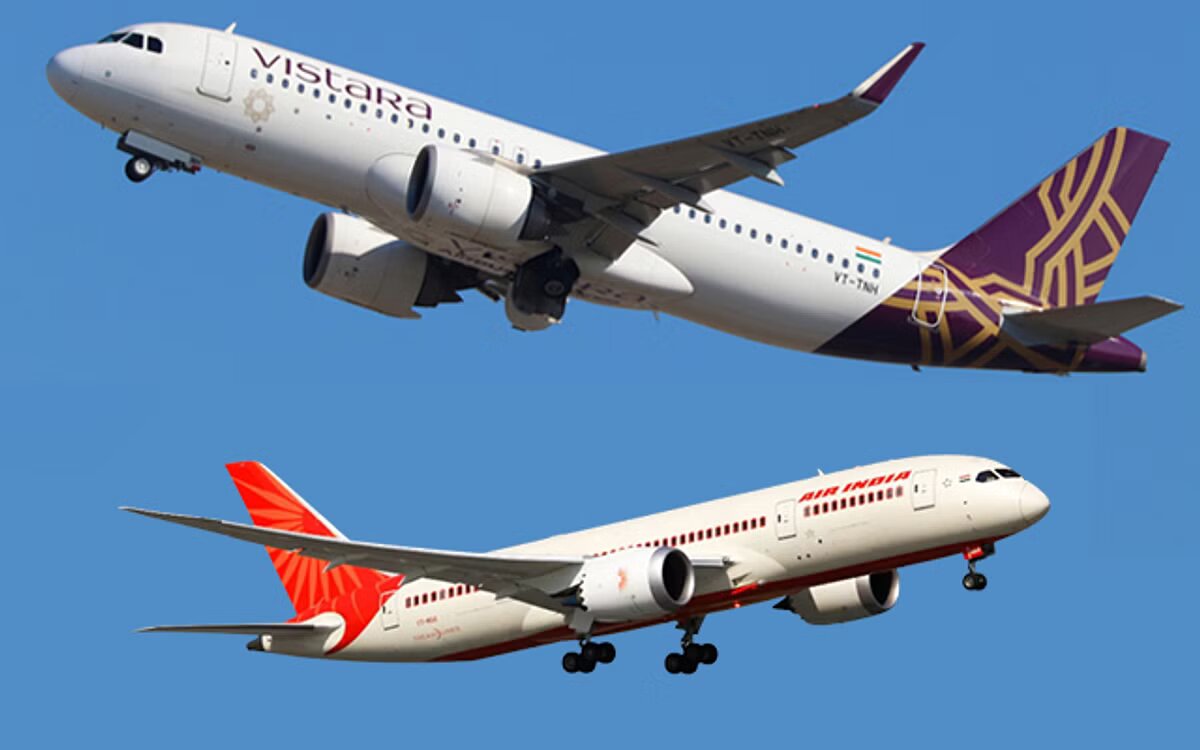

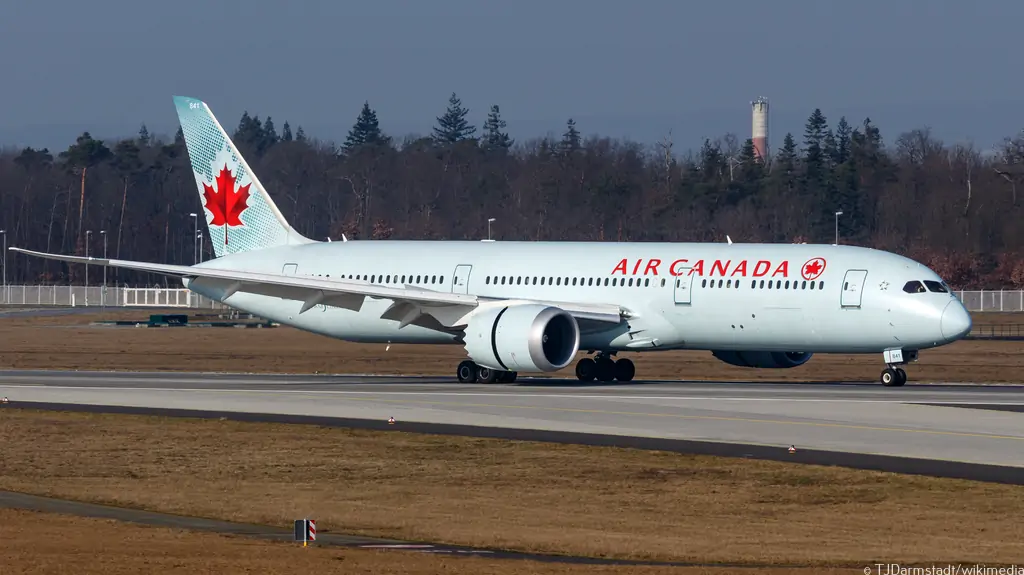
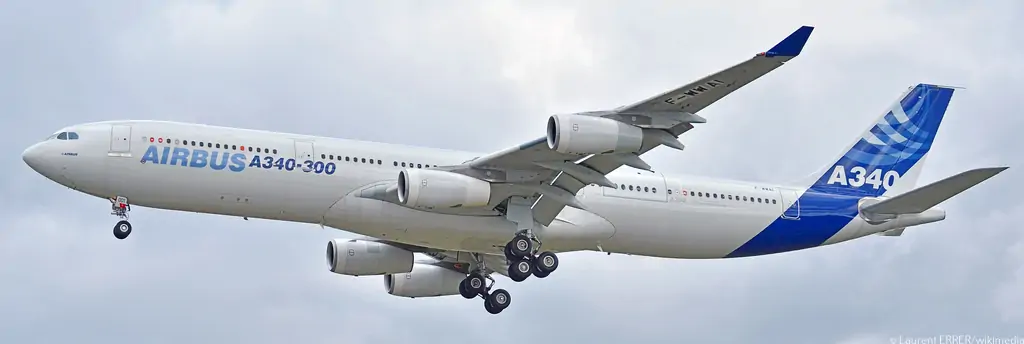
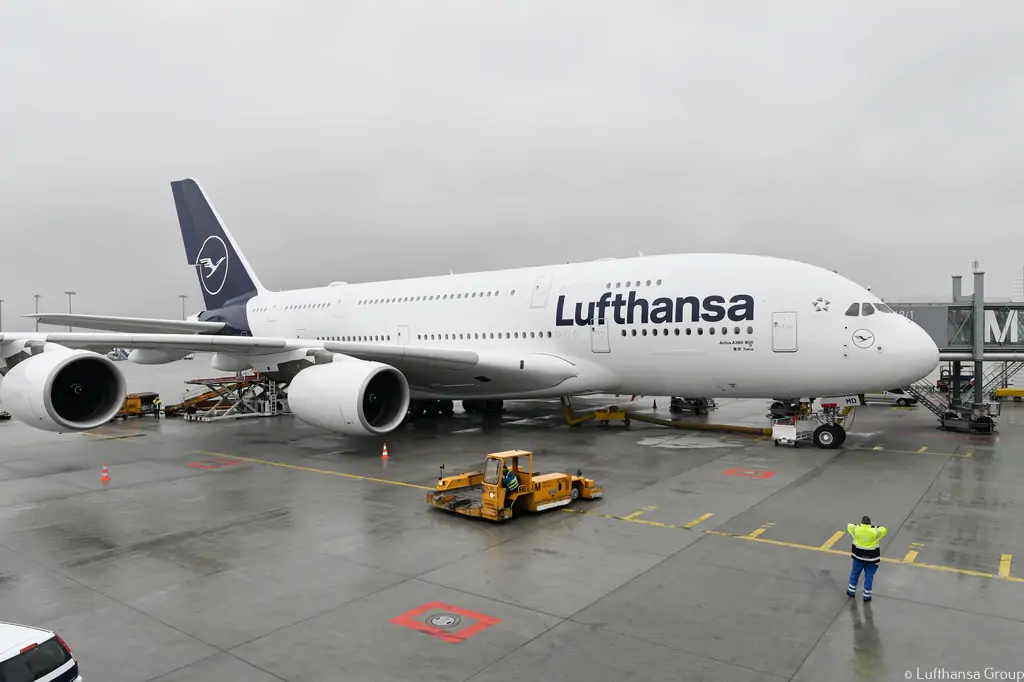

Comment